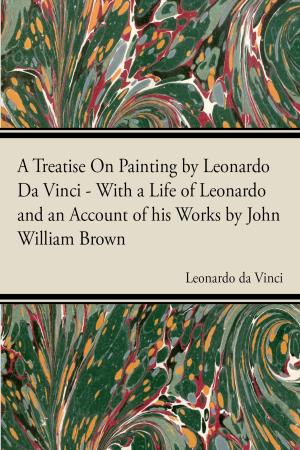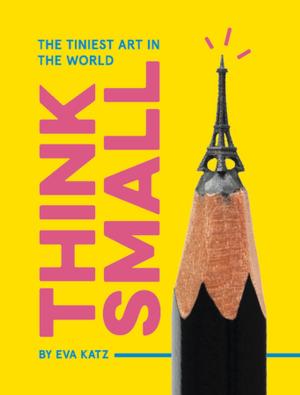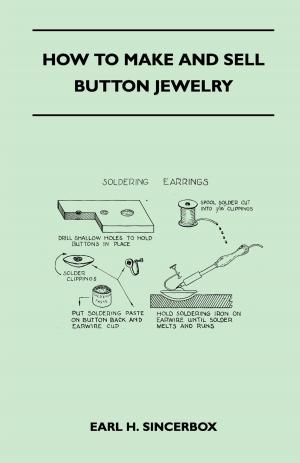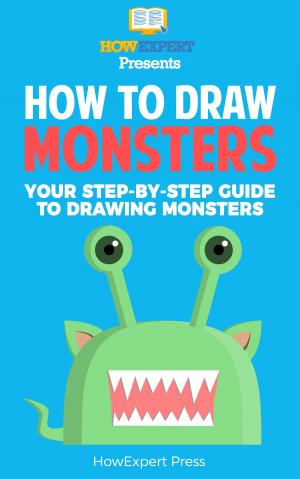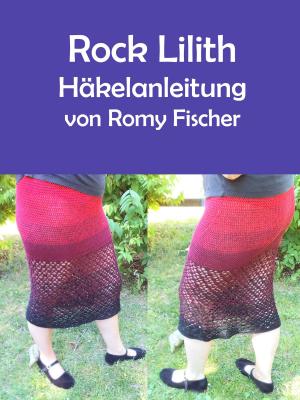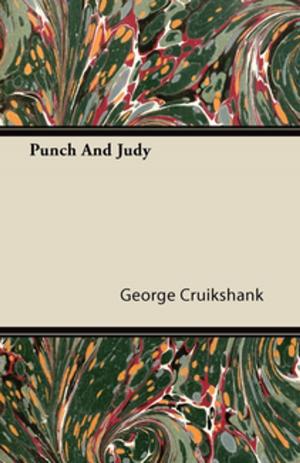Colourlogic
Pir Tareen's Colour Theory
Nonfiction, Art & Architecture, Art Technique, Painting, General Art, Home & Garden, Crafts & Hobbies| Author: | Pir Tareen | ISBN: | 9780648202806 |
| Publisher: | Tareen Art Studios | Publication: | January 24, 2018 |
| Imprint: | Tareen Art Studios | Language: | English |
| Author: | Pir Tareen |
| ISBN: | 9780648202806 |
| Publisher: | Tareen Art Studios |
| Publication: | January 24, 2018 |
| Imprint: | Tareen Art Studios |
| Language: | English |
This book is about a very simple method of colour matching of pigments used in painting. The text, has been expanded to include some practical aspects of colour use in picture painting. It was developed by Pir Tareen some years ago and has been thoroughly tested by him and the many students to whom he has taught to paint.
When an artist wants a particular colour (or hue) and he just can’t get it right, reference to Pir Tareen’s
Colour Theory will make the job so much easier than previously thought. Artists, of course, are totally free to place any colour they wish on the canvas or paper next to any other colour as long as they know just what colour is wanted.
Pir Tareen’s theory makes it easy to achieve the colours chosen. In fact the simplicity of this theory is such
that a ten-year-old child has no trouble in using it. No more arduous colour mixing which has often resulted in a muddy unsatisfactory colour. No more poring through reference books, which expound complicated methodology of theuse of colours. As a matter of fact, you will be able to turn your muddy colour into exactly the colour you are looking for, thus saving material and time. There is even a quick one- page reference to solve those difficult colours matching problems, which should take less than a minute to achieve.
This book is not intended for use by artists alone but has a much wider application. The Colour Theory can be used by anybody whose aim is to mix colours so that spectacular results are achieved. House painters and decorators, graphic designers, art restorers and colour consultants are but a few who will benefit.
If you are wondering whether this applies to one medium onlysuch as oil - the answer is no. This theory applies to oil paintings, watercolours, acrylics, and pastels and to pointillism and even to mosaic art - all of which can be
enhanced with the application of Pir’s ideas.
This book is about a very simple method of colour matching of pigments used in painting. The text, has been expanded to include some practical aspects of colour use in picture painting. It was developed by Pir Tareen some years ago and has been thoroughly tested by him and the many students to whom he has taught to paint.
When an artist wants a particular colour (or hue) and he just can’t get it right, reference to Pir Tareen’s
Colour Theory will make the job so much easier than previously thought. Artists, of course, are totally free to place any colour they wish on the canvas or paper next to any other colour as long as they know just what colour is wanted.
Pir Tareen’s theory makes it easy to achieve the colours chosen. In fact the simplicity of this theory is such
that a ten-year-old child has no trouble in using it. No more arduous colour mixing which has often resulted in a muddy unsatisfactory colour. No more poring through reference books, which expound complicated methodology of theuse of colours. As a matter of fact, you will be able to turn your muddy colour into exactly the colour you are looking for, thus saving material and time. There is even a quick one- page reference to solve those difficult colours matching problems, which should take less than a minute to achieve.
This book is not intended for use by artists alone but has a much wider application. The Colour Theory can be used by anybody whose aim is to mix colours so that spectacular results are achieved. House painters and decorators, graphic designers, art restorers and colour consultants are but a few who will benefit.
If you are wondering whether this applies to one medium onlysuch as oil - the answer is no. This theory applies to oil paintings, watercolours, acrylics, and pastels and to pointillism and even to mosaic art - all of which can be
enhanced with the application of Pir’s ideas.



